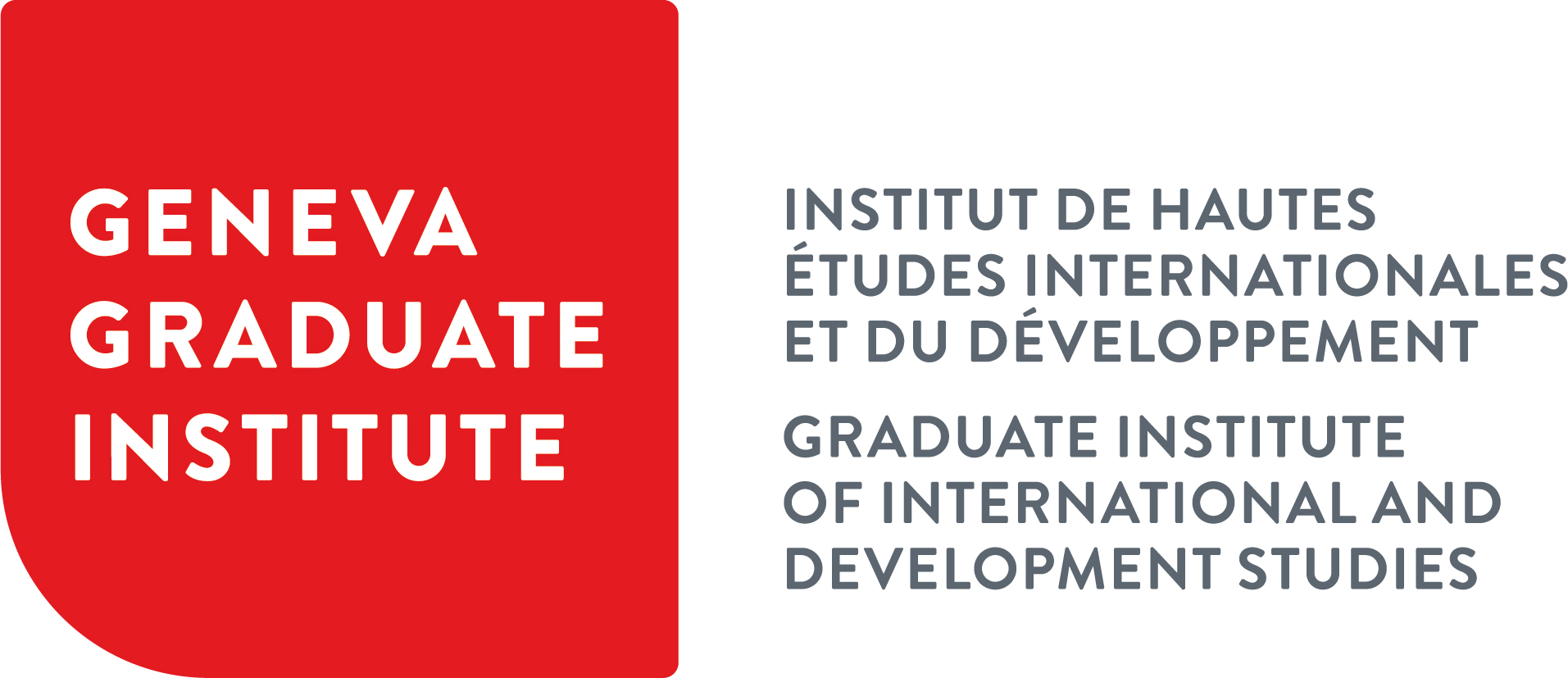Legal framework
International law applicable to situations of armed conflict
Situations of armed conflicts, or aspects thereof, are governed by various branches of public international law.
Public international, also known as the law of nations, consists of rules and principles governing the relations between states. Nowadays, the scope of public international law includes the rights and obligations of other actors, such as individuals, international organizations, or multinational corporations. Public international law encompasses a broad range of issues of international concern, such as armed conflicts, human rights, use of force, environment, world trade or sustainable development. Public international law can be found in two main places. Treaty law is written law that is binding on the state parties to a treaty. Customary international law consists of unwritten rules that come from a general practice accepted as law. It exists independently from treaty law and is binding on all states and non-state actors. Situations of armed conflicts, or aspects thereof, are governed by various branches of public international law. Public international law regulates the use of force between states in international relations. The United Nations Charter generally prohibits the use of force in international relations. Nevertheless, the question of the legality of the use of force has no bearing upon the application of international humanitarian law also known as the law of war or the law of armed conflict. Regardless of the legality of the use of force, international humanitarian law must be applied equally by all belligerents in an armed conflict. International humanitarian law provides for the protection of those who are not, or no longer, participating in fighting, and restricts the means and methods of warfare. International humanitarian law only applies during times of armed conflict. In contrast, international human rights law applies at all times, i.e. both in peace time and in situations of armed conflicts. Although different in scope than international humanitarian law, international human rights law provides complementary protection to those affected by armed conflicts. Serious violations and abuses of international humanitarian law and human rights law are common in many armed conflicts. In some circumstances, such violations constitute international crimes under international criminal law. International criminal law provides for individual criminal responsibility for the crime of genocide, crimes against humanity, war crimes, and the crime of aggression.
The RULAC focuses on the use of force, international humanitarian law, international human rights law, and international criminal law because these bodies of public international law are particularly relevant for the protection of those affected by armed conflict. This does not mean that other branches of international law do not play a role, such as refugee law, environmental law, and weapons law. Similarly, domestic law continues to apply during times of armed conflict and plays a crucial role in the implementation of international law. However, the lawfulness of an act under domestic law does neither determine the lawfulness of an act under international law nor can domestic law be invoked to justify a violation of international law


